Watching the pollen dancers
alan haigh
13 years ago
Related Stories
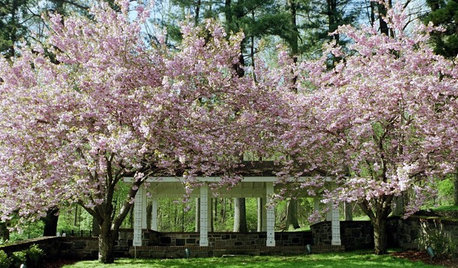
FEEL-GOOD HOME10 Ways to Fight Pollen at Home
Keep sneezing and stuffiness to a minimum by making your house as pollen free as possible
Full Story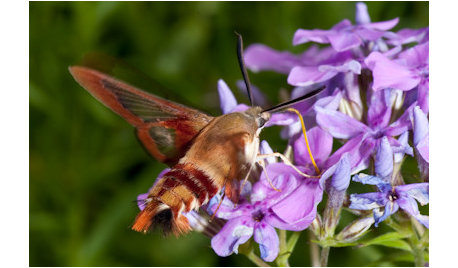
GARDENING GUIDESGreat Design Plant: Prairie Phlox Draws Winged Beauties
Beauty and a sweet fragrance are just the beginning with this spring bloomer. Watch the butterflies and moths descend on it for nectar
Full Story
GARDENING AND LANDSCAPING10 Ideas for Decorating Your Summer Porch
Watch the world go by from a porch decked out with comfy furniture and inspiring accessories
Full Story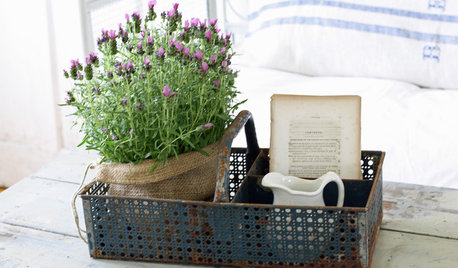
HOUSEPLANTSOutsmart Winter — Make Houseplants of Your Garden Growers
No need to watch Jack Frost play Wreck the Rosemary. Bring your garden inside for the winter, using containers and these guidelines
Full Story
GARDENING GUIDESLessons in the Rewards of Selfless Gardening
Let go of gardening for your own vision and watch the garden’s own true vision come forth
Full Story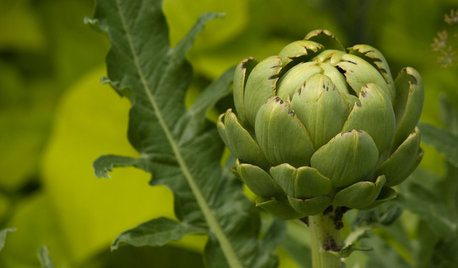
GARDENING GUIDESYour Garden Is Stirring — Here’s What to Do in February
February is a good time to start seeds, shape up shrubs and watch for the earliest blooms. Here’s what to do in your part of the U.S. now
Full Story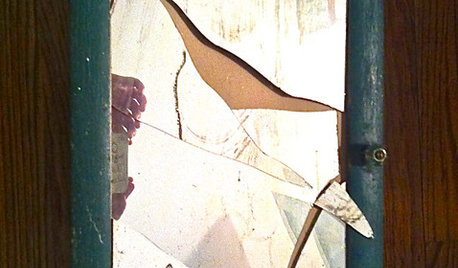
LIFEDo You Believe in Luck Around the House?
Broken mirrors, spilled salt, an unavoidable ladder — superstitions don't seem to affect this homeowner. Knock wood
Full Story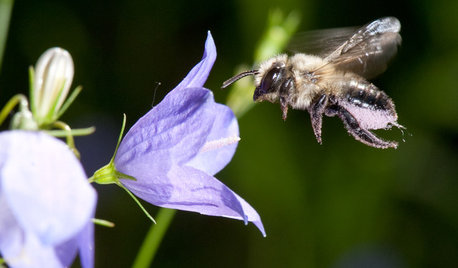
GARDENING GUIDESPut Out the Welcome Mat for Leafcutter Bees in Your Garden
Provide a diversity of flowering plants from spring through fall for these charismatic native bees, and you won’t be disappointed
Full Story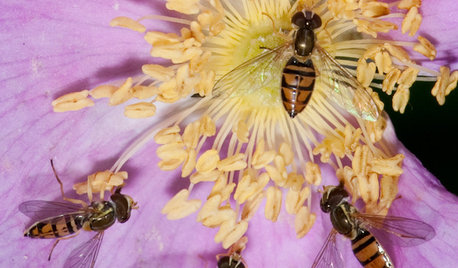
GARDENING GUIDESThis Fly Is One of the Most Beneficial Insects Around
Meet the syrphid fly, a colorful pollinator that also beats chemicals for controlling aphids and other garden pests
Full Story





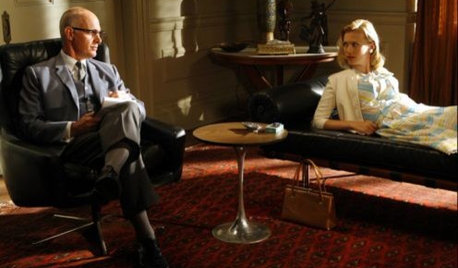



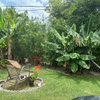

calistoga_al ca 15 usda 9
beeman_gardener
Related Professionals
Rancho Palos Verdes Landscape Architects & Landscape Designers · Peabody Landscape Contractors · Wakefield Landscape Contractors · Beachwood Landscape Contractors · Burlington Landscape Contractors · Cary Landscape Contractors · Duarte Landscape Contractors · Firestone Landscape Contractors · Lemay Landscape Contractors · Milford Mill Landscape Contractors · New Providence Landscape Contractors · Paso Robles Landscape Contractors · Porterville Landscape Contractors · Roseville Landscape Contractors · Whitehall Landscape ContractorsUser
alan haighOriginal Author
Konrad___far_north
User
alan haighOriginal Author
Scott F Smith
myk1
hoosierquilt USDA 10A Sunset 23 Vista CA
home_grower
alan haighOriginal Author
Scott F Smith
olpea
alan haighOriginal Author
myk1